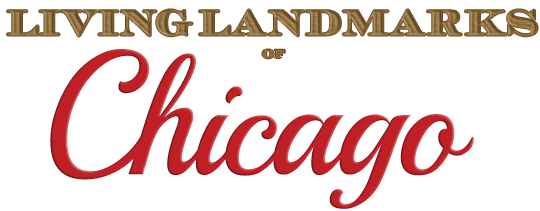You’d never know it based on its prominence in the folklore of Chicago, but the 1893 World’s Columbian Exposition was always meant to be temporary. Creating a permanent White City would have been prohibitively expensive and it never would have been done on time. The only building with any durability was the Palace of Fine Arts. Although it was covered with white staff (a mixture of plaster of Paris, glue, and hemp) like the rest of the buildings at the fair, exhibitors wanted this specific building to be made of brick to protect the five million dollars’ worth of artwork displayed inside. Lined with columns and topped with copper domes, its beauty prompted the illustrious artist Augustus Saint-Gaudens to declare: “There has been nothing equal to it since the Parthenon.” Conkey’s complete guide to the World’s Columbian Exposition was even more hyperbolic:
“Perhaps no building in the world, and certainly no one in the United States, surpasses it in beauty. Connoisseurs have pronounced it perfect in every detail, and have been lavish in the praise of the chief designer, Mr. C. B. Atwood. It is difficult to determine which is the most strikingly handsome and impressive— the exterior or interior.”
Such a magnificent structure could not go to waste. Before the fair had even closed, the Columbian Museum of Chicago received a charter from the State of Illinois. Collections and specimens accumulated and the museum, now called the Field Columbian Museum of Chicago in honor of its main benefactor, Marshall Field, opened on June 2, 1894. In 1921, the Field Museum of Natural History, as it was by then called, moved to its own Beaux Arts beauty south of Grant Park.
Read more about this landmark in Living Landmarks of Chicago.
Completed: 1893
Architect: Charles B. Atwood
Address: 5700 S. Lake Shore Dr.
Discover more of Chicago’s living landmarks
Sources for Museum of Science and Industry
This is a selection of specific sources used to provide details while researching this landmark. Additional sources, including books and websites, can be found on the Resources page.
- Ascoli, Peter M. “Julius Rosenwald and the Founding of the Museum of Science and Industry.” Illinois State Historical Library. Journal of Illinois History. Springfield, IL: Illinois Historic Preservation Agency, 1999.
- Bregstone, Philip Pollack, 1866-. Chicago And Its Jews: a Cultural History. [Chicago]: Priv. pub, 1933.
- Commercial Club of Chicago. Year-book. Chicago: Commercial Club of Chicago, Executive Committee 1911-1912.
- Encyclopedia of Chicago
- Melbo, Irving R. (Irving Robert), 1908-. Our America: a Textbook for Elementary School History And Social Studies. Indianapolis: The Bobbs-Merrill Company, 1937.
- Museum of Science & Industry
- “Remembering Charles Atwood.” worldsfairchicago1893.com
- “Rosenwald Gives Museum $3,000,000.” The New York Times, 18 Aug 1926.
